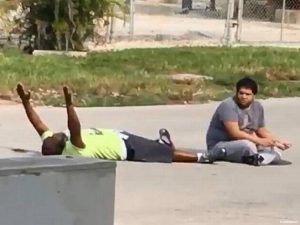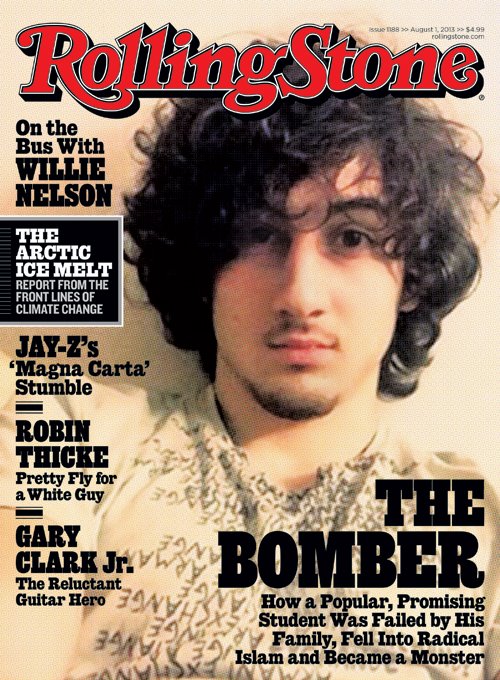
If you have read Susan Sontag’s arresting book, Regarding the Pain of Others, you’ll know that Sontag believes there is something unique about the way that a photograph — particularly a photograph that reveals suffering — is received by its viewers. This uniqueness is partially tied to the content of the image itself, but is also a function of how we, the public, think about images.
On the one hand, she notes, we judge images as something uniquely truthful in a way that we do not with words. Photographs seem like they’re portraying ‘just the facts,’ while we can more easily acknowledge that words are crafted, edited, tweaked. For this reason, the public is often disillusioned by the actual work that is involved in photojournalism, she remarks; that is, we do not want to be aware of the processes of thought, selection, and framing that goes on because we want our images to be ‘the truth.’ In this sense, “Everyone is a literalist when it comes to photographs” (47). And yet, she notes, we are terribly contradictory in this conviction, for we deny the power of photographs every day when they do not suit our particular purposes. Continue reading “No Words”

 In case you don’t recognize him, that’s Dzhokhar Tsarnaev in a “selfie,” one of the two accused
In case you don’t recognize him, that’s Dzhokhar Tsarnaev in a “selfie,” one of the two accused